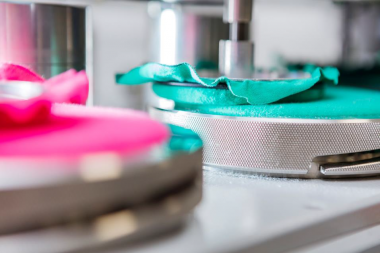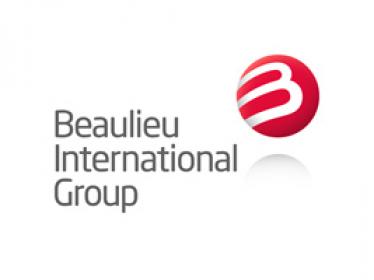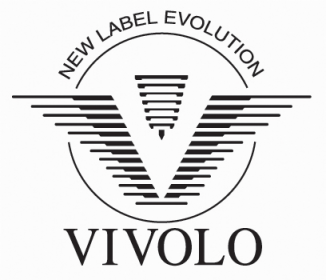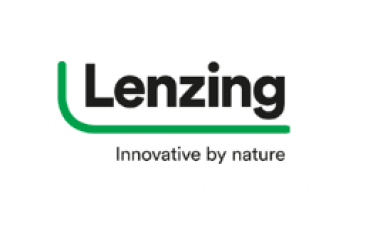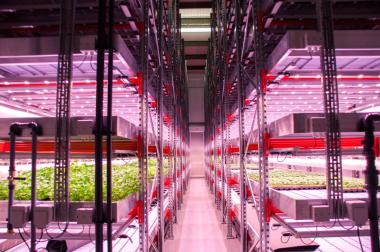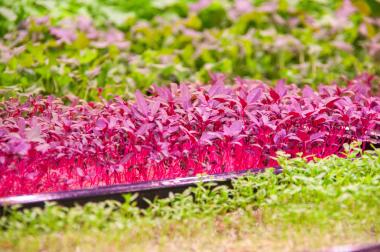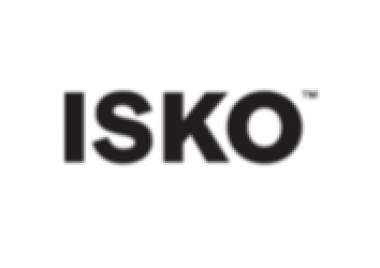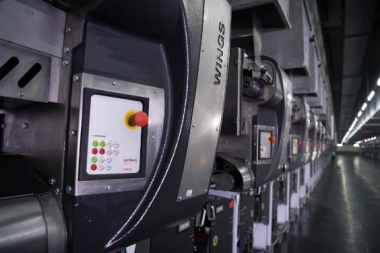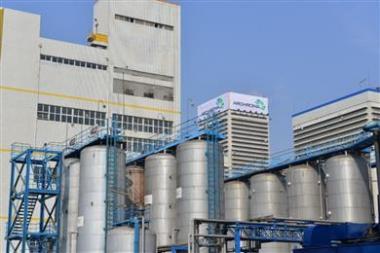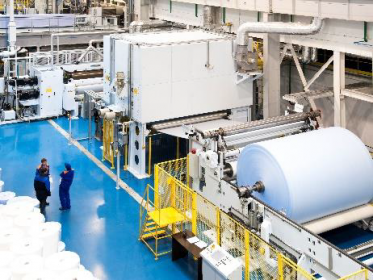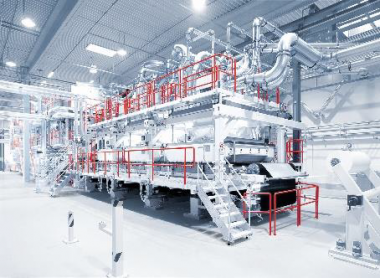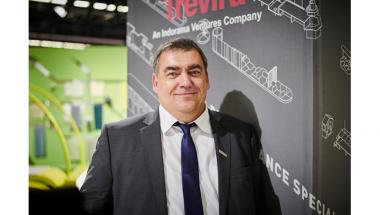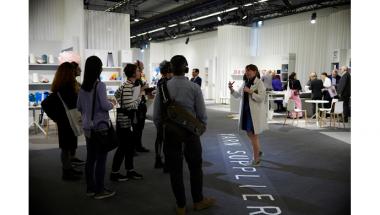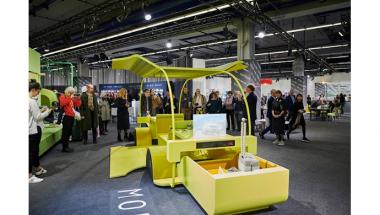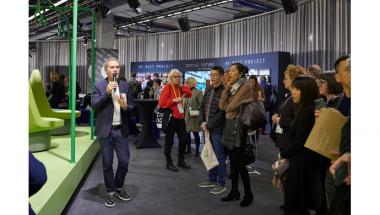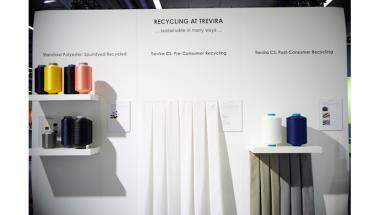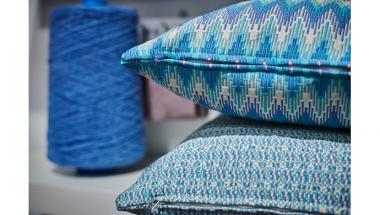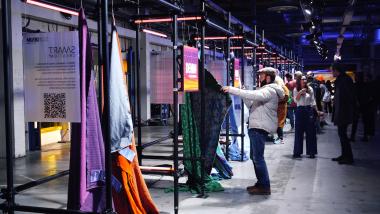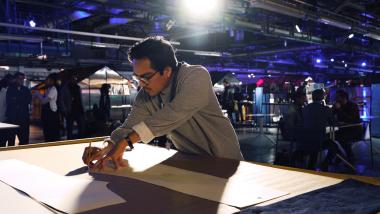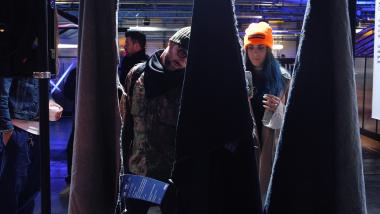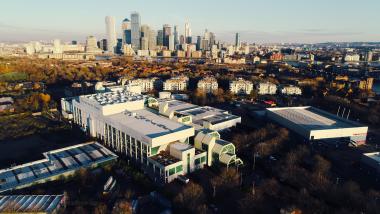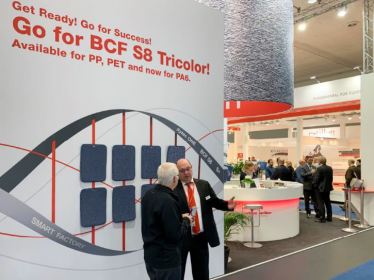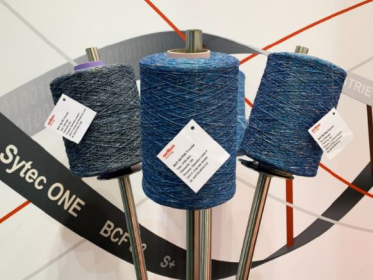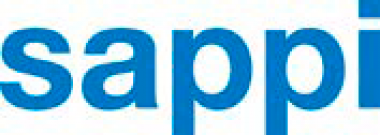Design fürs Recycling in der Modebranche verbreiten
- Recycling ist mehr als eine Mode.
Doch zur Mode soll künftig verstärkt sinnvolles Recycling gehören: Die Menschen in Deutschland kaufen pro Jahr im Schnitt 26 kg Textilien pro Kopf, davon 12-15 kg Bekleidung. Ein hochwertiges Recycling ist angesichts dieser großen Mengen eine große Herausforderung. Zum verbesserten Recycling gehört Kreislaufwirtschaft, die schon beim Design von Produkten ans „Leben danach“, nämlich das nächste oder erneuerte Erzeugnis denkt. Wie das für Kleidung funktionieren kann, zeigen wir exemplarisch am Beispiel eines aktuellen Forschungsprojekts: Teil 2 unserer Serie zum Design für Recycling.
Getränkeflaschen aus dem Kunststoff PET eignen sich schon heute aufgrund ihrer Sortenreinheit ideal fürs Recycling, und zwar nicht nur für Verpackungen. Unter dem Motto „Von der Faser zur Faser“ nutzt das die angewandte Forschung im Verbundprojekt DiTex für Mietwäsche. Die eingesetzten Fasern stammen aus recycelten PET-Flaschen, die Mietwäsche selbst soll nach ihrem ersten Lebenszyklus wieder zu Wäsche recycelt werden. „Mietwäsche eignet sich auch deshalb gut fürs Konzept ‚Design for Recycling‘, weil sich ihre Nutzung genau nachvollziehen lässt, was optimale Voraussetzungen fürs Recycling bietet“, erläutert Projektleiterin Dr. Anja Gerhardts vom Forschungsinstitut Hohenstein. Das Institut aus Baden-Württemberg ist in dem vom Institut für ökologische Wirtschaftsforschung (IÖW) initiierten und koordinierten Vorhaben für Textilprüfungen und Produktspezifikationen zuständig. Fürs Nutzen statt Besitzen entwickeln die Verbundpartner je eine kreislauffähige Linie von Bettwäsche sowie von Polo- und Businesshemden. Die Hemden dienen als Dienstkleidung für Polizei und Rettungsdienst.
Intelligentes Etikett speichert Informationen Über den gesamten Nutzungskreislauf wird die Wäsche mit einer digitalen Tracking-ID ausgestattet. Dieses „intelligente“ Etikett speichert Informationen wie Faserherkunft, Materialkomposition und Beschaffenheit des Textils. Dadurch können Recyclingunternehmen die Produkte besser sortieren, den Recycling-Anteil erhöhen und aufwerten. In zahlreichen Waschversuchen wird in Hohenstein nun getestet, wie gut das Tracking-Tool sich bewährt, wie es um Reißfestigkeit, Weißgrad, Farbqualität, Haltbarkeit und Tragekomfort der Textilien bestellt ist, wenn sie im gewerblichen Textilservice bis zu 200 Mal gewaschen, geschleudert und getrocknet werden. „In DiTex bringen wir Nutzer, Beschaffer und Recycler von Textilien an einen Tisch, um kreislauffähiges Produktdesign Realität werden zu lassen“, erläutert Anja Gerhardts.
„Praxisnahe Forschung zu Fasern und Textilien gehört zu den Kernkompetenzen vieler unserer Institute, sei es für Industrieprodukte oder für verbrauchernahe Erzeugnisse. Projekte wie DiTex zeigen innovative Lösungen zum Design fürs Recycling. Durch den interdisziplinären Ansatz in unserem Verbund können auch andere Branchen von solchen Lösungen lernen“, erklärt die Geschäftsführerin der Zuse-Gemeinschaft, Dr. Annette Treffkorn.
Zuse-Gemeinschaft


